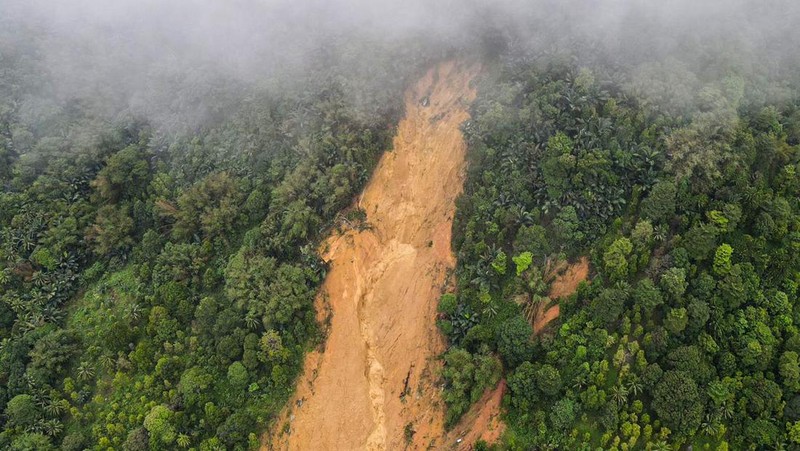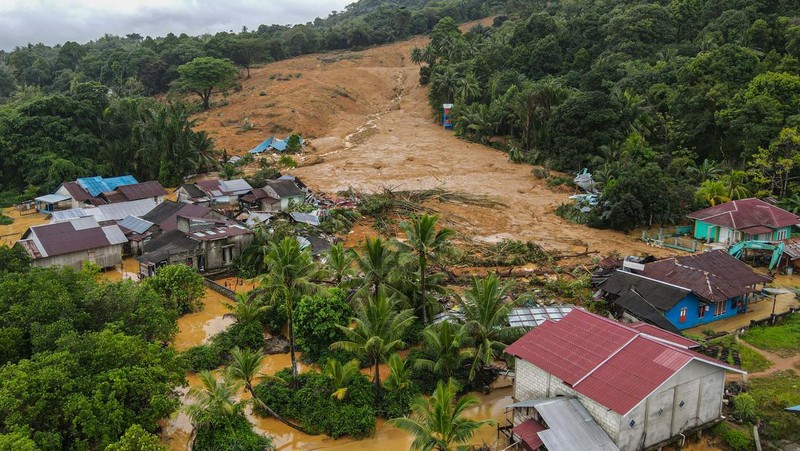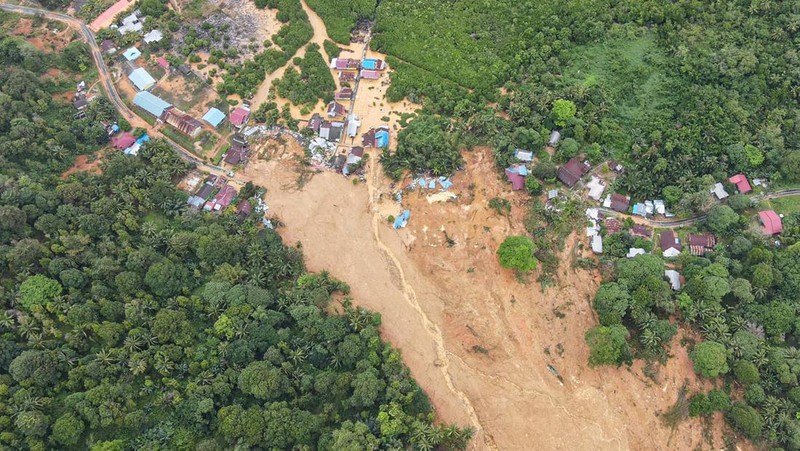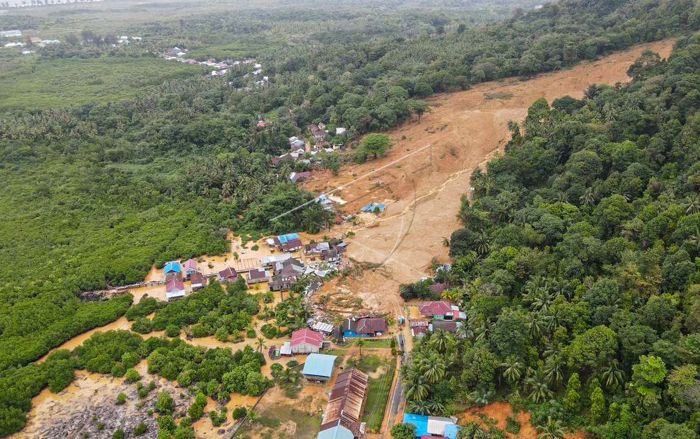8 March 2023
Natuna: a landslide in Indonesia has killed up to 57 people
Posted by Dave Petley
Natuna: a landslide in Indonesia has killed up to 58 people
On Monday 6 March 2023, a large landslide occurred in Natuna regency on the island of Serasan in the Riau islands of Indonesia. Rescue and recovery operations are ongoing at the time of writing, but latest reports indicate that 11 people are confirmed to have been killed and a further 47 are missing. The likelihood of finding survivors seems to be very low.
The landslide, which struck a village named Genting, as triggered by heavy rainfall.
Badan Geologi has an information page about the event, in Indonesian but Google Translate is a useful too. It indicates that three villages have been affected – Genting, Air Raya and Air Sekain. The location is identified on a map, which translates to approximately [2.5096, 109.0413]. We will need to use satellite imagery to confirm the location in due course.
Detik News has a gallery of images of the landslide, which includes this picture that apparently shows the source. It appears to be a very steep slope, with the landslide initiating in the regolith:-

The source of the 6 February 2023 landslide at Natuna in Indonesia. Image from Detik News.
.
Detik News also has this image of the lower part of the landslide:-

The lower portion of the 6 February 2023 landslide at Natuna in Indonesia. Image from Detik News.
.
Detik also has a vertical aerial image of the lower part of the landslide, showing the very high levels of destruction that the failure has induced:-

Vertical aerial image of the lower portion of the 6 February 2023 landslide at Natuna in Indonesia. Image from Detik News.
.
It appears to me that this is located at [2.5126, 109.0373], although again this will need to be confirmed.
Based on the images, this appears to be a shallow, disrupted landslide that has transitioned into a mobile flow.
Antara has an image that provides a slightly wider perspective on the lower part of the landslide:-

The lower portions of the 6 February 2023 landslide at Natuna in Indonesia. Image from Antara/Kiky Firdaus/Lmo/foc.


 Dave Petley is the Vice-Chancellor of the University of Hull in the United Kingdom. His blog provides commentary and analysis of landslide events occurring worldwide, including the landslides themselves, latest research, and conferences and meetings.
Dave Petley is the Vice-Chancellor of the University of Hull in the United Kingdom. His blog provides commentary and analysis of landslide events occurring worldwide, including the landslides themselves, latest research, and conferences and meetings.
This landslide appears to have a considerable runout despite the buildings and other obstructions. The satellite imagery of the area will be quite revealing once a wider angle view is available showing the full extent of the runout zone.
The source zone indicates it was a fairly shallow landslide. Your comment on the triggering mechanism being rainfall definitely lines up with the shallow nature of the landslide. It would be interesting to know what the soil water content was prior to the landslide.